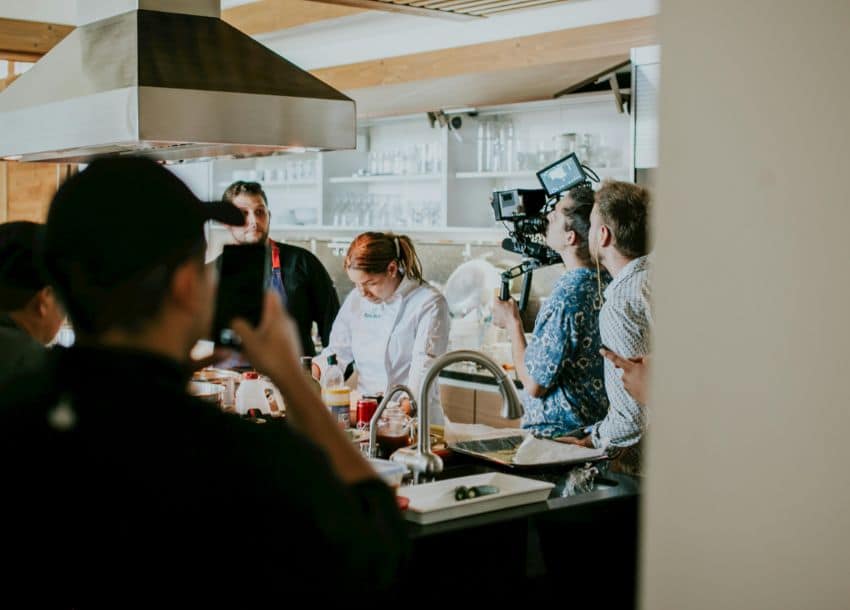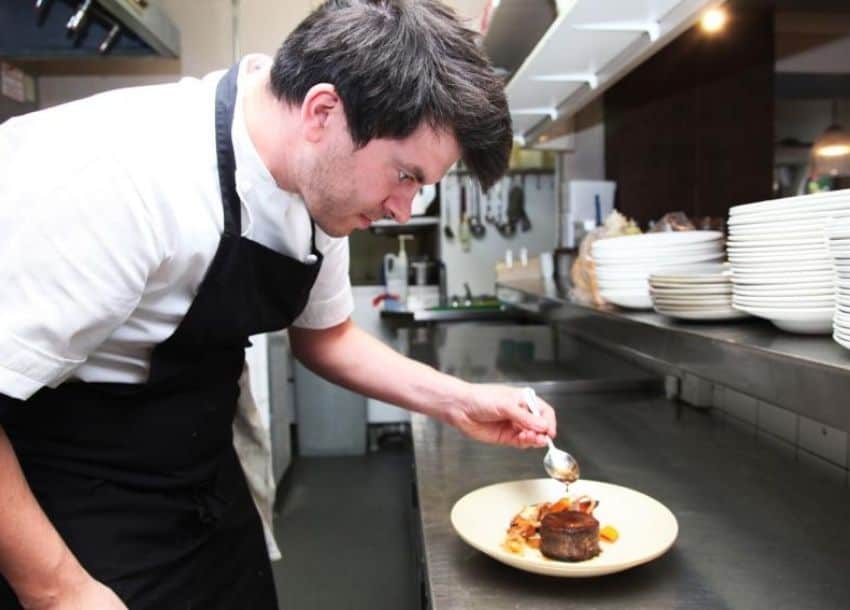How to Write a Head Chef CV
- Job Hunting & CVs
- Sep 17
- Share post

Your head chef CV is the first thing an employer will see – it’s your ticket to the next kitchen you’ll lead. Whether you are a sous chef ready to step up or an experienced head chef looking for a new challenge, your CV needs to show you have the leadership, organisation and creativity to run a brigade. Employers scan quickly, so every section must serve up your skills and achievements with clarity.
This guide breaks down how to write a CV for a head chef – with examples, tips and insider advice to make yours stand out.
Why your Head Chef CV matters
Your head chef CV is often read by an executive chef, general manager, or restaurant owner. It should never be just a list of jobs – it’s a document that proves you can lead a team, manage costs, design menus and perform under pressure. A strong CV shows you understand both the creative and operational demands of a professional kitchen.
Key sections to include in a Head Chef CV
Contact details
Start with your name, phone number, email, and location. Keep it simple and easy to read. Check and double-check that details are correct.
Personal statement for a Head Chef CV
This is your opening pitch. Outline your career so far, your ambitions and the qualities that make you a valuable hire. Mention leadership, menu innovation and ability to perform in high-pressure environments.
Education and training
List culinary qualifications and additional training. Include food safety certificates, allergen awareness, or management training. Present this in reverse chronological order.
Skills to highlight in a Head Chef CV
Bullet-point format works best. Examples include:
- Menu development and costing.
- Staff training and leadership.
- Strong organisational and management skills.
- Ability to work in high-pressure environments.
- Passion for food and creativity.
Work experience
This section carries the most weight. Present roles in reverse chronological order, including employer names, dates and job titles. For each role, add responsibilities and achievements. Focus on outcomes – for example:
- Introduced seasonal menus that boosted revenue by 18%.
- Reduced kitchen waste by 20% through better stock management.
- Trained three CDP’s to sous chef level.
Additional interests
Optional, but can show your personality – like charity cooking events, food writing, or cultural travel linked to cuisine.
References
Either list referees with names and contact details or write “References available on request”. Always have at least two ready.

Tips to make your Head Chef CV stand out
Showcase achievements, not just duties.
Use numbers and outcomes where possible.
Keep the format simple, with clear headings and clean fonts.
Fancy designs distract from the content.
Tailor your CV for each application.
Hotels may value large team management, while fine dining venues prioritise menu innovation.
Proofread thoroughly.
Spelling mistakes, incorrect dates, or outdated contact details can cost you an interview.
Keep it updated.
Refresh it every time you change role or complete new training.
Examples of Head Chef achievements
Employers want results. Examples could include:
- Designed and launched an à la carte menu that boosted average spend per head by 12%.
- Managed kitchen budgets and cut food costs by 12% without reducing quality.
- Oversaw a brigade of 12 chefs during high-volume service.
- Achieved AA Rosette or Michelin recognition.
- Introduced training programmes that improved staff retention by 60%.
Common mistakes to avoid in your CV
- Using the same CV for every application. Employers can instantly spot generic CVs.
- Writing long blocks of text without structure. Keep it concise.
- Forgetting to include achievements and metrics.
- Sending out an outdated CV.
- Overloading with jargon or unnecessary detail.
Final thoughts
Your head chef CV is more than a word document file – it’s your chance to show that you can handle the heat of the kitchen and lead a team with confidence. Whether you’re stepping up from sous chef or moving on to a new challenge, craft your CV so it reflects your best achievements. With the right structure and chef-focused detail, you’ll stand out in a competitive field.
–
FAQs
What should I include in a Head Chef CV?
Include contact details, personal statement, education, key skills, work experience and references. Highlight leadership and achievements.
How long should a CV be?
Aim for two pages max. Employers prefer concise, relevant information. To find out more, visit: How to Write the Perfect Chef CV.
Do I need a cover letter with a Head Chef CV?
Yes. A cover letter lets you explain why you’re the right fit for that specific kitchen.
What skills should I highlight in a CV?
Leadership, staff training, cost control, creativity, menu development and resilience under pressure are all key skills you should consider adding.
How can I make my Head Chef CV stand out?
Back up your experience with achievements and results – like boosting sales, cutting waste, or winning awards.
Comments
Add a comment
Leave a Reply · Cancel reply
You must be logged in to post a comment.



